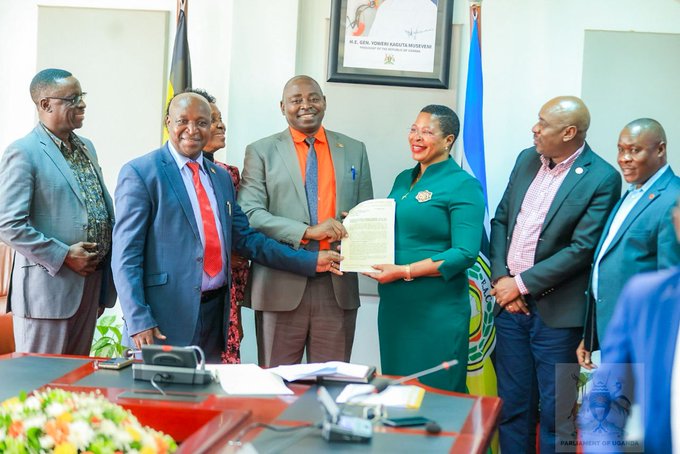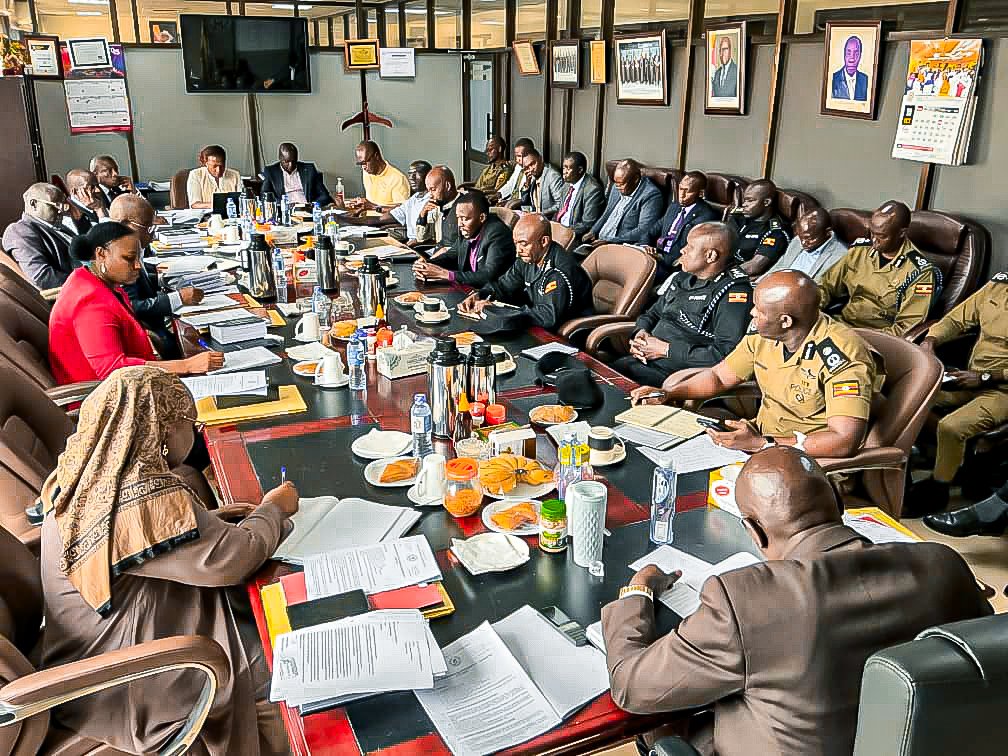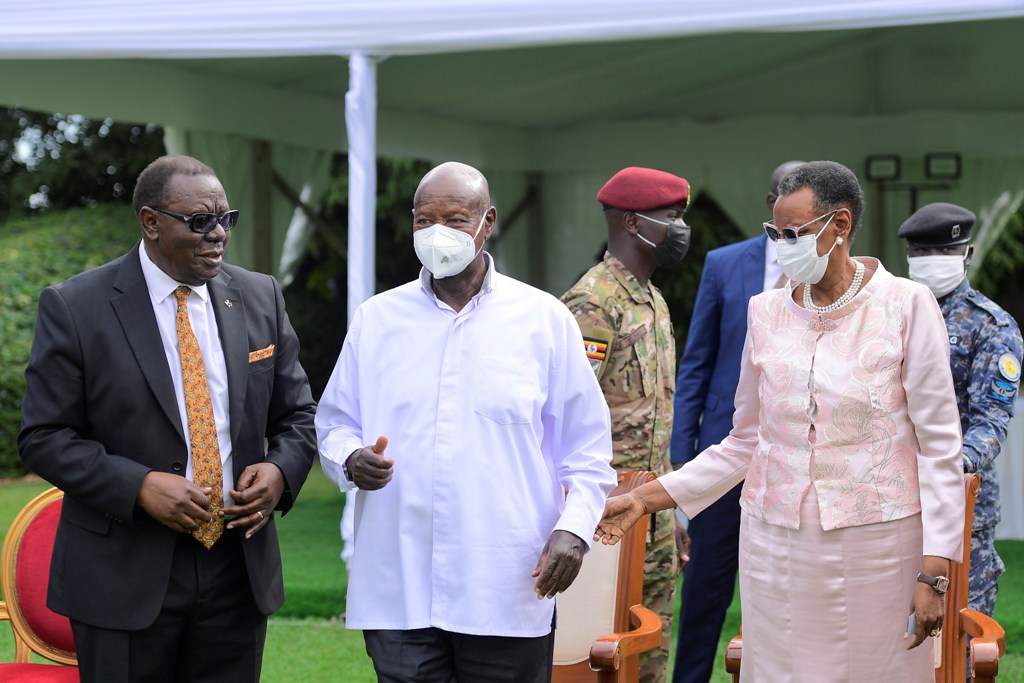Disaster ministry warns of negative impacts of upcoming rainy season
The Minister of State for Relief, Disaster Preparedness and Refugees, Esther Davinia Anyakun, has warned that the upcoming rainy season in the months of March, April and May may come with negative impacts.

The Minister of State for Relief, Disaster Preparedness and Refugees, Esther Davinia Anyakun, has warned that the upcoming rainy season in the months of March, April and May may come with negative impacts.
Her warning came after the Uganda National Meteorological Authority released the March, April and May seasonal rainfall outlook for the year 2023. The outlook indicated that the first major rain season covering March, April to May, is forming in Rwenzori, Kigezi, Central and the Lake Victoria basin.
Anyakun said that several districts of Busoga, Teso West Nile, Bugisu, Lango, Karamoja, Acholi and Bunyoro are at high risk of waterlogging, landslides, mudslides and windstorms during this period.
“The March, April and May (MAM) season is already witnessed in the Rwenzori, Kigezi and Lake Victoria areas. However, rainfall is expected in the Northern part of the country from late March to early April, she said.
“We therefore should expect the following potential disaster impacts like flooding and water logging in the low-lying areas and parts of lower slopes of Mt. Elgon, Butaleja, Butebo, Rubanda and Kasese. This is likely to lead to the destruction of farmland and crops,” she noted.
Anyakun further explained that hailstorms at the onset of rains may cause destruction in the districts of Kibaale, Sembabule, Ibanda, Bukomansimbi, Rakai, Isingiro, Mbarara, Mitooma, Tororo.
Additionally, there is also an increased likelihood of water-related diseases such as cholera, typhoid, dysentery and malaria, as well as increased incidences of crop pests and diseases such as Fall Army Worm.
According to the minister, the government has put in place measures to mitigate the impacts of these disasters.
“On strategy, the government has put in place: Construction and relocation of persons at risk of landslides in Bugisu region under the Bulambuli Resettlement program. A total of 305 houses have been constructed so far, of which 42 are newly constructed. Relocation of households will take place by April 2023,” she noted.
The minister highlighted that they are implementing the cash transfer program with Give Directly, to persons at high risk of landslides in the districts of Bududa, Manafwa, Sironko, and Namisindwa.
She advised relevant authorities to disseminate early warning messages to the vulnerable communities, to enable them to understand the risks they are most likely to face and also commended all the development partners that continue to give support to the government, in efforts to protect, detect and mitigate disaster occurrences.
Several parts of the country especially the hilly areas of the Elgon region and parts of Rwenzori have experienced rainy-related disasters killing people and destroying property in recent years.
According to World Bank, flooding, particularly in low-lying areas of the country, presents the largest risk. Each year, floods impact nearly 50,000 people and over $62 million in GDP.
It also says Uganda experiences both flash floods and slow-onset floods, which are common in urban areas, low-lying areas, areas along river banks and swamplands.
In August last year, at least 29 people died in the Mbale floods when River Nabuyonga and Namatala burst their banks sweeping away the neighbouring communities and roads.







